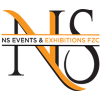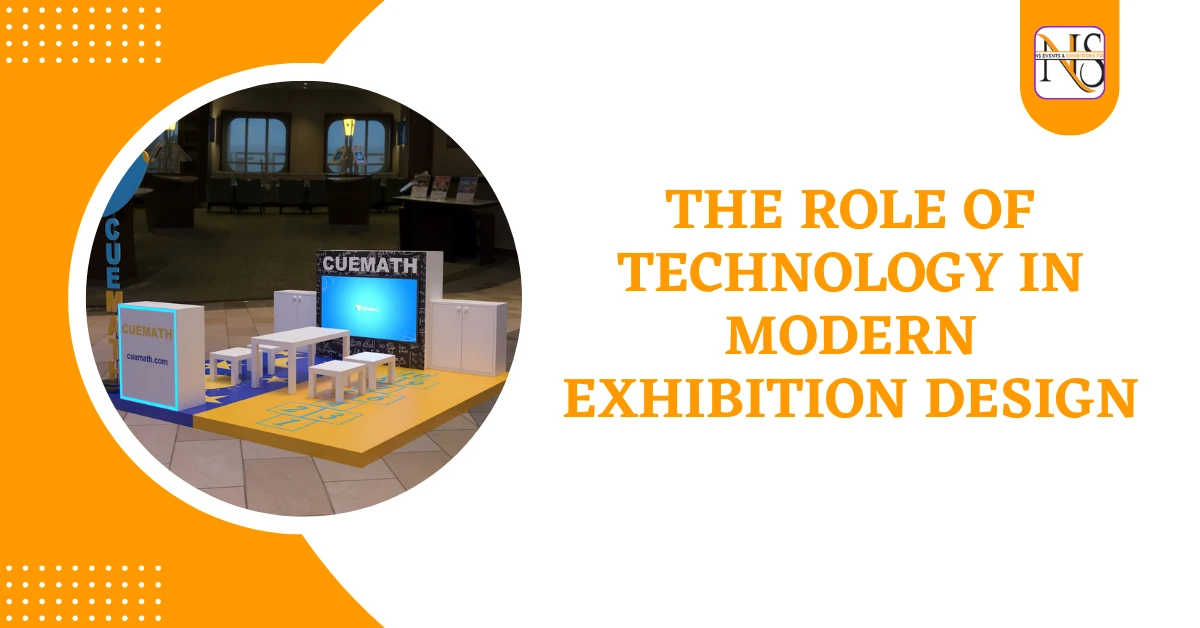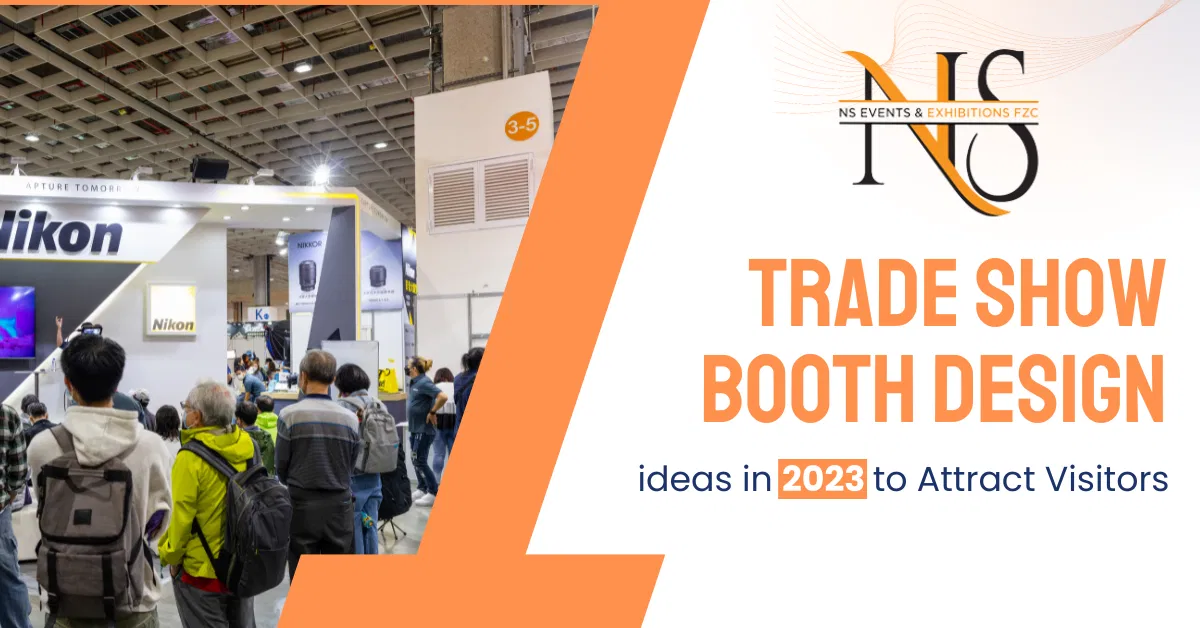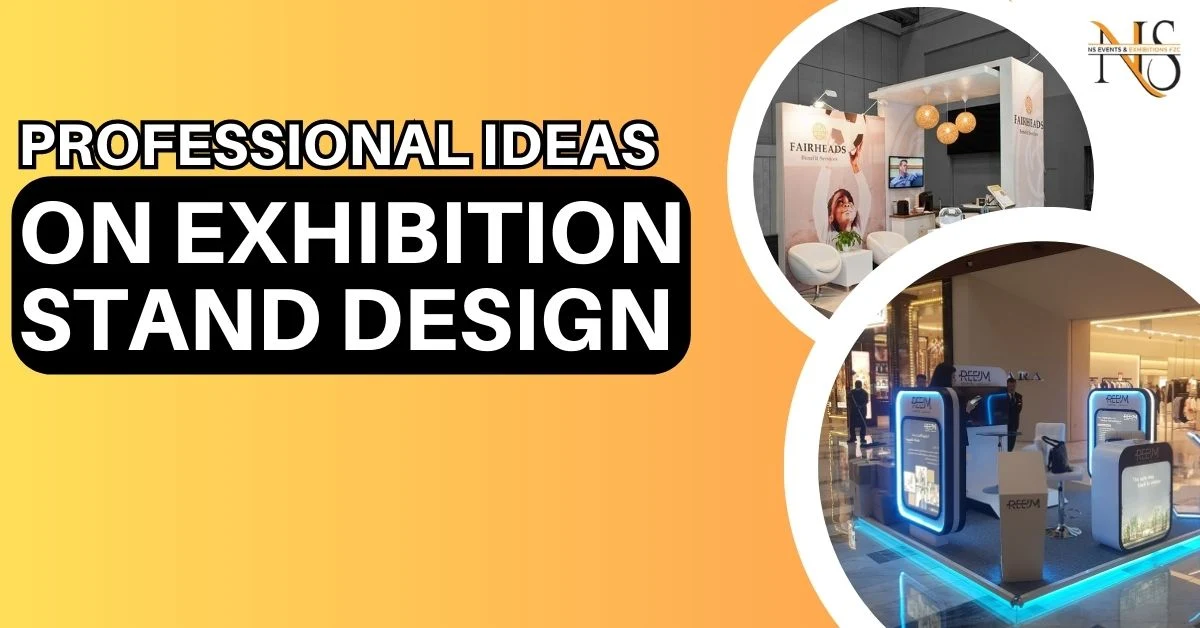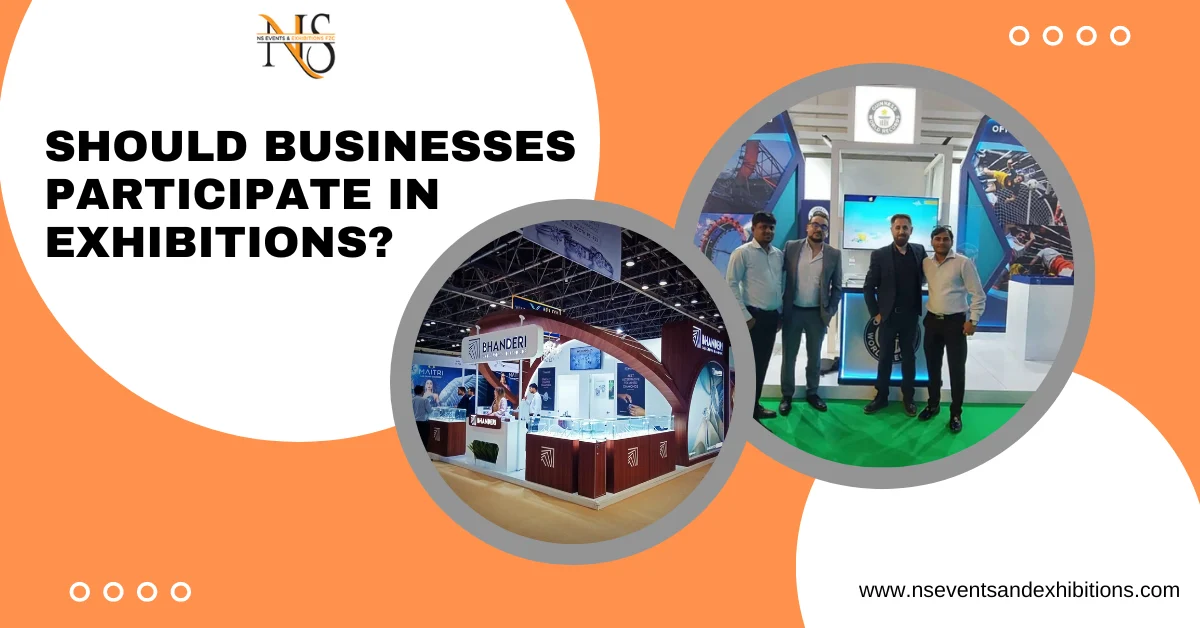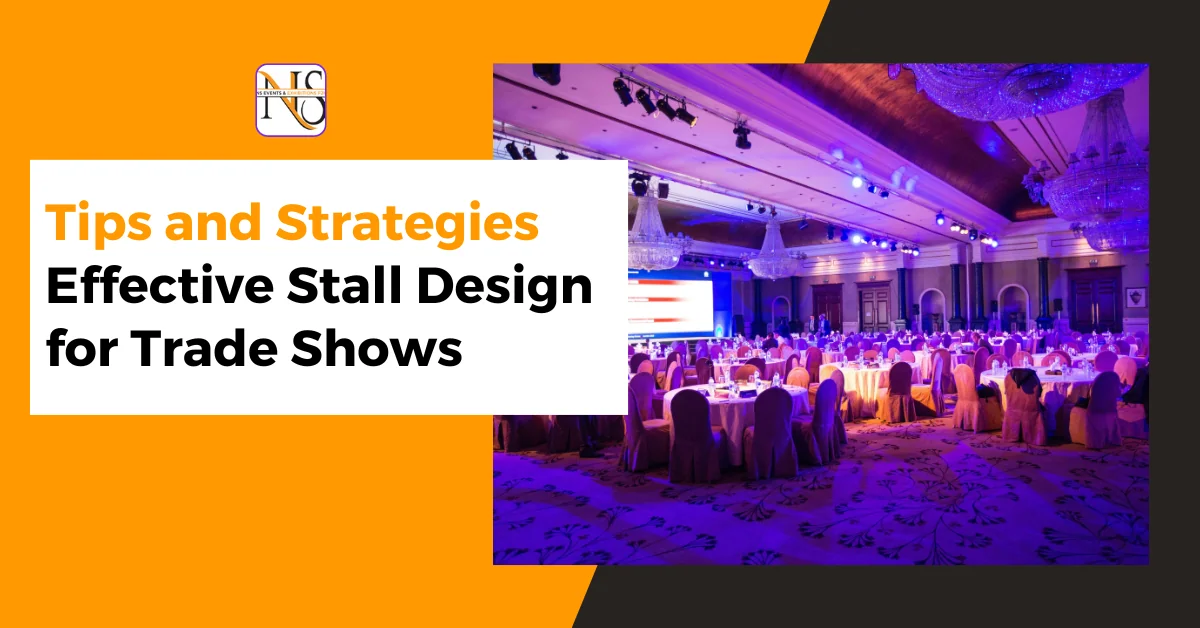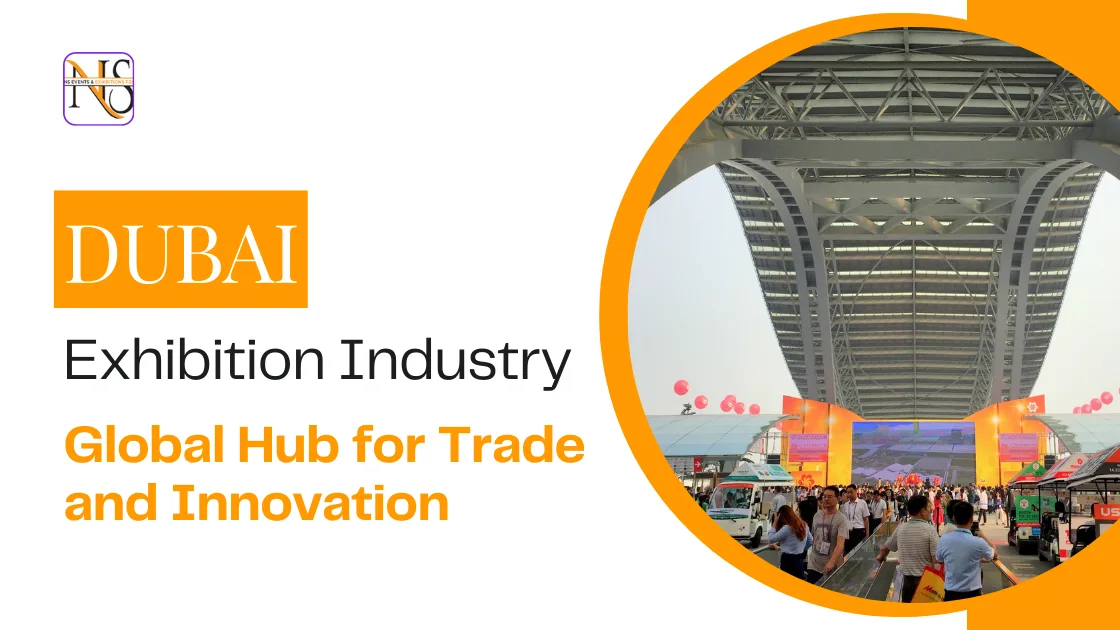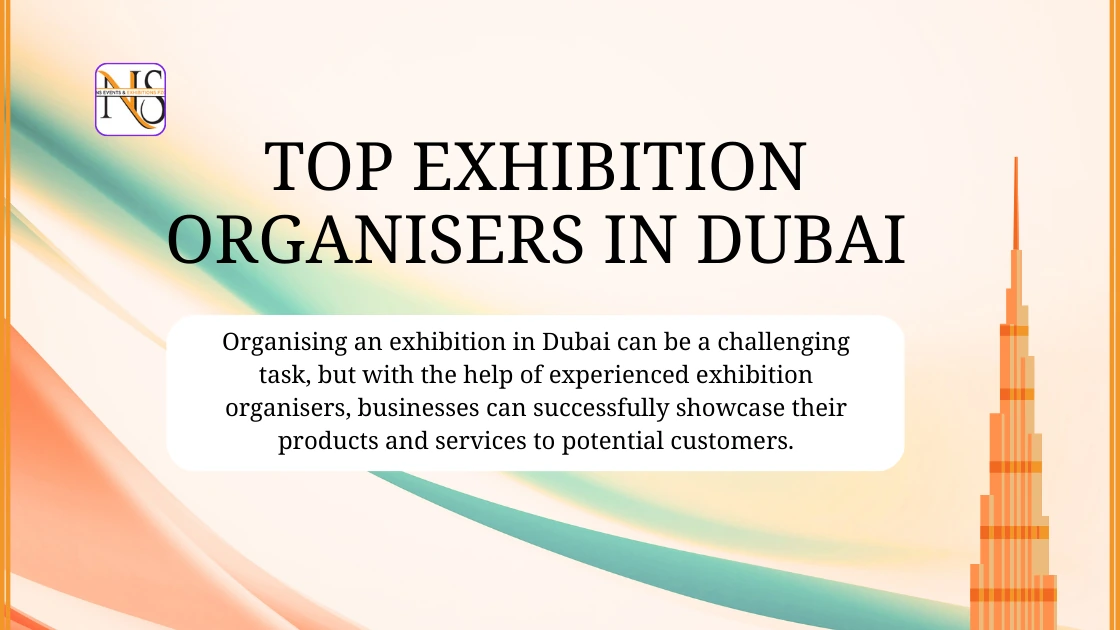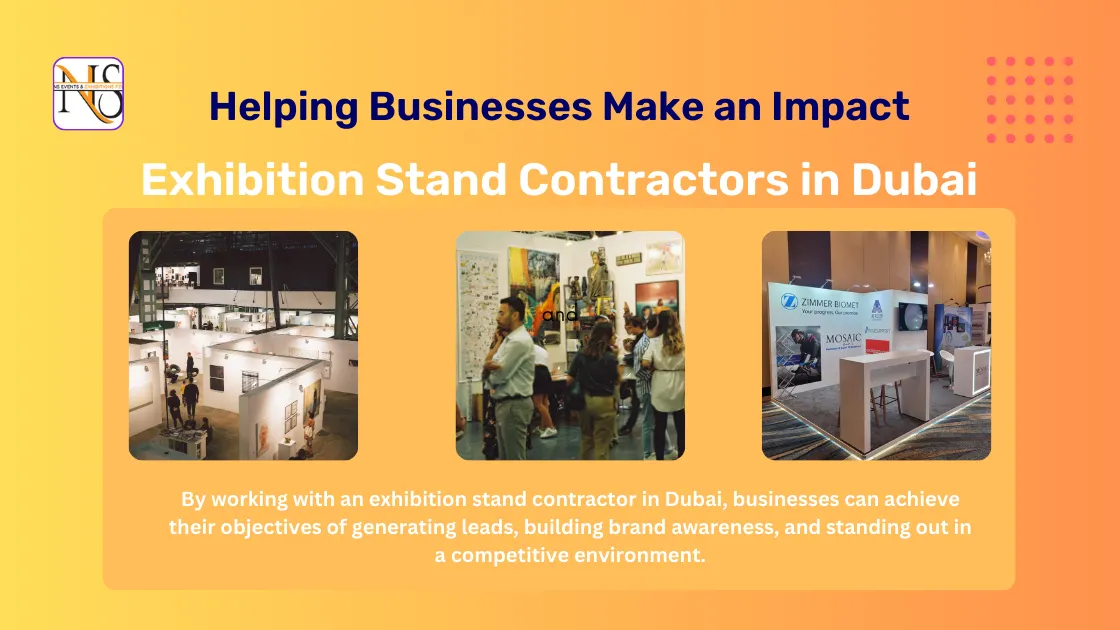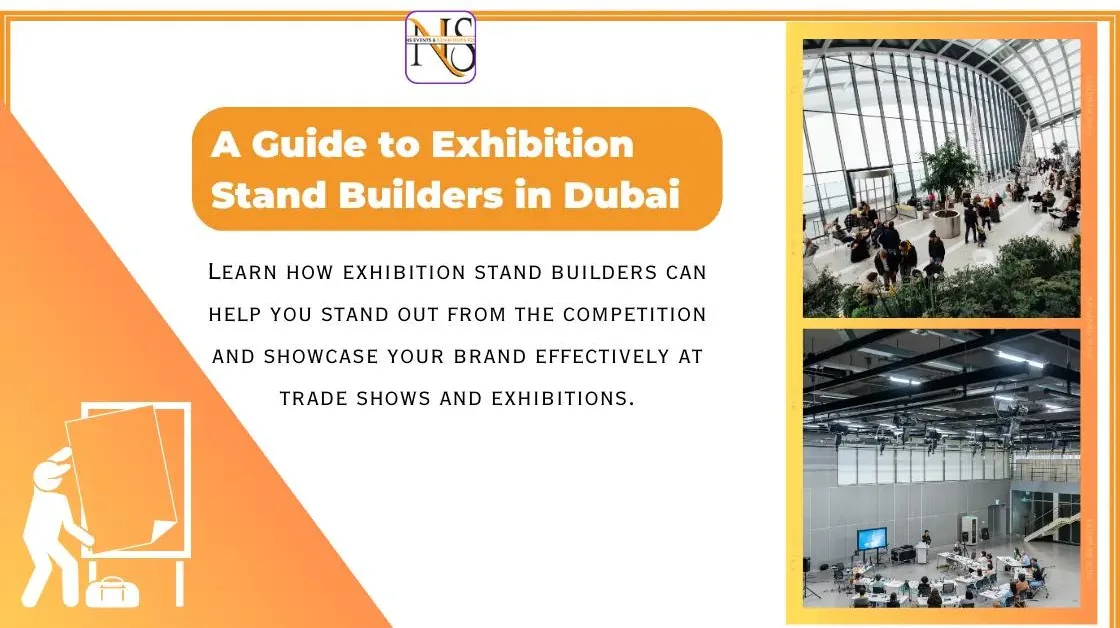In today’s fast-paced digital era, technology has become an integral part of our lives, transforming various industries and revolutionizing the way we experience the world. The exhibition industry is no exception. Exhibitions, which were once limited to static displays and traditional presentations, have evolved significantly with the integration of technology. In this article, we will explore the crucial role that technology plays in modern exhibition design and how it enhances the overall visitor experience.
The Evolution of Exhibition Design
Traditional Exhibitions: A Look into the Past
In the past, exhibitions primarily relied on static displays, printed materials, and traditional presentations to convey information to visitors. However, with the rapid advancement of technology, exhibition design has undergone a significant evolution. Traditional exhibitions often lacked interactivity and failed to engage visitors on a deeper level.
Embracing Technological Advancements in Exhibition Design
The integration of technology has revolutionized exhibition design, introducing interactive and immersive experiences that captivate visitors. Exhibitions now leverage cutting-edge technologies such as augmented reality (AR) and virtual reality (VR) to break the boundaries of space and time. Visitors can explore virtual environments, interact with lifelike 3D models, and experience historical events firsthand. This transformation has elevated the exhibition experience to new heights, making it more engaging, memorable, and educational.
Enhancing Immersion with Augmented and Virtual Reality
Breaking the Boundaries of Space and Time
Augmented reality (AR) and virtual reality (VR) technologies have become powerful tools in modern exhibition design. AR overlays virtual elements onto the real world, while VR creates fully immersive digital environments. These technologies provide visitors with unique and interactive experiences, enabling them to explore exhibits in ways never before possible.
Interactive and Immersive Experiences for Visitors
AR and VR allow exhibitions to transcend physical limitations, transporting visitors to different time periods, locations, or fictional realms. For example, a history exhibition can use AR to superimpose virtual artifacts and information onto physical objects, allowing visitors to view detailed historical context in real-time. VR, on the other hand, can recreate immersive environments, such as ancient civilizations or outer space, enabling visitors to experience historical moments or cosmic wonders. These technologies not only engage visitors but also enhance their understanding and emotional connection to the subject matter.
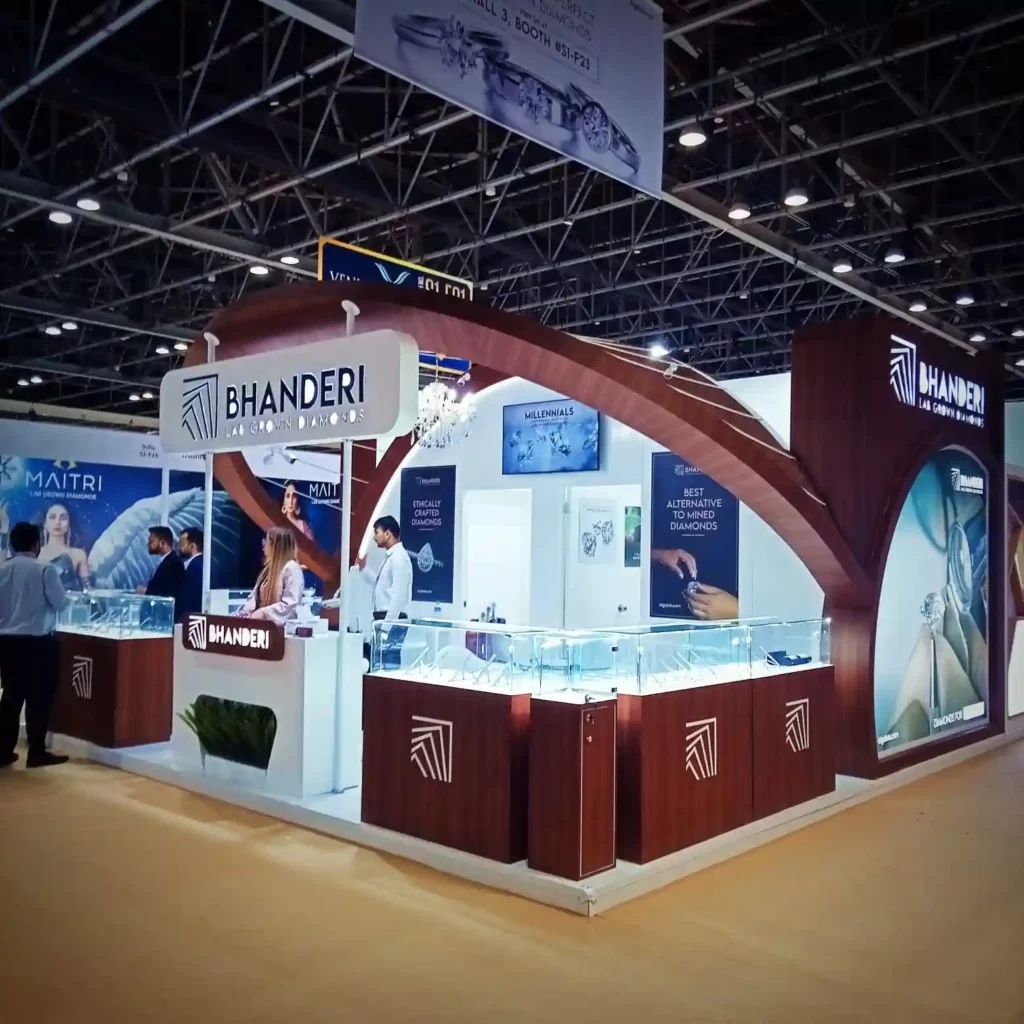
Interactive Touchscreen Displays
Creating Engaging and Informative Exhibits
Interactive touchscreen displays have become a staple in modern exhibition design. These displays offer visitors a hands-on approach to exploring exhibits, providing access to a wealth of information and interactive elements. By simply touching the screen, visitors can delve deeper into specific topics, view multimedia content, and engage with interactive applications.
Enabling Personalized Exploration for Visitors
Interactive touchscreen displays enable visitors to personalize their exploration of exhibits. They can choose the information they want to access, dive into interactive simulations or games, and follow their own path of discovery. This level of interactivity not only fosters engagement but also empowers visitors to take control of their learning experience. Moreover, interactive displays cater to different learning styles and preferences, making exhibitions more inclusive and accessible to a wider audience.
Internet of Things (IoT) in Exhibition Design
Smart Exhibits for a Connected Experience
The Internet of Things (IoT) has made its mark on exhibition design, transforming exhibits into smart and connected environments. By embedding sensors and devices in exhibits, IoT enables real-time data collection, analysis, and interconnectivity.
Collecting Data for Personalized Visitor Insights
Smart exhibits equipped with IoT technology can provide personalized experiences to visitors. Wearable devices can track visitors’ movements and preferences, tailoring content and recommendations accordingly. IoT-enabled beacons can send location-based notifications and guide visitors through the exhibition. By harnessing IoT capabilities, exhibitions can create seamless and tailored experiences, enhancing visitor satisfaction and engagement. Furthermore, IoT-generated data offers valuable insights into visitor behavior and preferences, empowering organizers to continuously improve exhibition design and planning.
Digital Signage and Projection Mapping
Dynamic and Captivating Visual Displays
Digital signage and projection mapping have revolutionized the visual aspect of exhibition design. Traditional static displays have given way to dynamic and captivating visual experiences that capture visitors’ attention and leave a lasting impression.
Transforming Static Spaces into Dynamic Environments
Digital signage utilizes high-resolution screens and displays to showcase vibrant visuals, videos, and animations. Exhibitions can utilize digital signage to deliver dynamic content, display real-time information, and create visually stunning presentations. Projection mapping takes visual displays to another level by transforming static spaces into dynamic environments. By projecting intricate visuals onto objects, walls, or entire exhibition spaces, projection mapping creates immersive and interactive experiences. These technologies add a layer of visual dynamism and excitement to exhibitions, elevating the overall visitor experience and making it more captivating and memorable.
Mobile Applications and Audio Guides
Personalized Touring Experiences
Mobile applications and audio guides have become indispensable tools for visitors in modern exhibitions. Mobile apps offer personalized touring experiences, enhancing visitor engagement and convenience.
Accessing Additional Content and Information on-the-go
Through mobile applications, visitors can access interactive maps, exhibit information, multimedia content, and augmented reality experiences. These apps can provide personalized recommendations based on visitor preferences, enabling a tailored exploration of the exhibition. Visitors can also bookmark exhibits of interest, take notes, and share their experiences on social media, extending the reach of the exhibition beyond the physical venue. Audio guides, whether through dedicated devices or smartphone apps, offer a narrated journey through the exhibition. Visitors can listen to detailed explanations, stories, and expert commentary about exhibits, enriching their understanding and appreciation of the subject matter. Mobile applications and audio guides empower visitors with the flexibility to explore exhibitions at their own pace, access additional content on-the-go, and enhance their overall understanding and enjoyment of the exhibits.
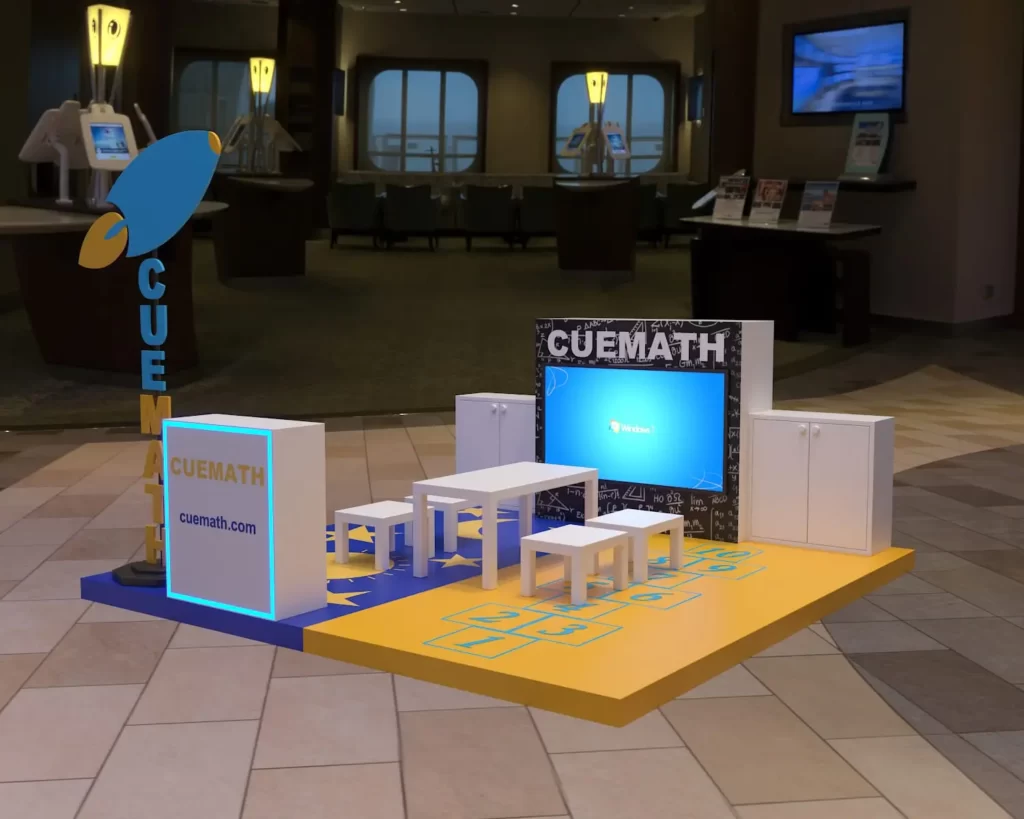
Social Media Integration and Visitor Engagement
Extending the Exhibition Experience Beyond the Venue
Social media integration has become a powerful tool for extending the exhibition experience beyond the physical venue. By integrating social media platforms, exhibitions can foster community engagement, facilitate information sharing, and generate user-generated content.
Fostering Community and User-generated Content
Exhibitions can create dedicated hashtags, encouraging visitors to share their experiences and thoughts on social media platforms. This user-generated content not only promotes the exhibition but also provides valuable feedback and insights. Visitors can share photos, videos, and personal stories, contributing to a collective experience and creating a sense of community around the exhibition. Social media integration also allows exhibitions to reach a wider audience and connect with potential visitors who may not have physically attended. By sharing captivating visuals, live streams, and behind-the-scenes content, exhibitions can generate curiosity and excitement, attracting more visitors in the process.
Data Analytics and Visitor Insights
Understanding Visitor Behavior and Preferences
The integration of technology in exhibition design provides a wealth of data and analytics, offering valuable insights into visitor behavior and preferences. By analyzing this data, exhibition organizers can gain a deeper understanding of their audience, identify trends, and make data-driven decisions to improve future exhibition design and planning.
Improving Future Exhibition Design and Planning
Data analytics can reveal visitor demographics, popular exhibits, peak visiting times, and dwell times at specific exhibits. This information helps organizers optimize the layout, content, and flow of the exhibition to enhance visitor engagement and satisfaction. Additionally, visitor feedback and interactions with interactive technologies can provide qualitative insights into their preferences and experiences. Exhibitions can use this information to continuously iterate and refine their designs, ensuring that each subsequent exhibition resonates more effectively with visitors. By leveraging data analytics and visitor insights, exhibitions can stay relevant, adapt to evolving visitor expectations, and deliver memorable experiences that leave a lasting impact.
Conclusion:
The integration of technology in modern exhibition design has revolutionized the way visitors engage with exhibits. From augmented and virtual reality experiences to interactive touchscreens, IoT integration, and social media integration, exhibitions have transformed into dynamic, immersive, and personalized environments. Technology not only enhances the visitor experience but also provides valuable data and insights for continuous improvement. As we look to the future, it is clear that technology will continue to shape the exhibition industry, creating captivating and memorable experiences that inspire, educate, and engage visitors in unprecedented ways.
Frequently Asked Questions (FAQs)
Q: How has technology transformed exhibition design?
A: Technology has revolutionized exhibition design by introducing interactive and immersive experiences. With the integration of technologies like augmented reality (AR), virtual reality (VR), interactive touchscreens, and IoT, exhibitions have become more engaging, educational, and captivating for visitors.
A: What are some examples of how AR and VR enhance exhibition experiences?
A: AR overlays virtual elements onto the real world, allowing visitors to view detailed information, historical context, and interactive content in real-time. VR creates fully immersive digital environments, enabling visitors to experience historical moments, explore fictional realms, or witness cosmic wonders. These technologies transport visitors beyond the physical limitations of exhibits, providing unique and interactive experiences.
Q: How do interactive touchscreens contribute to exhibition design?
A: Interactive touchscreens offer visitors a hands-on approach to exploring exhibits. They provide access to a wealth of information, multimedia content, and interactive applications. Visitors can dive deeper into specific topics, engage with simulations or games, and personalize their exploration of exhibits. Interactive touchscreens cater to different learning styles and preferences, making exhibitions more inclusive and accessible.
Q: What is the significance of IoT in exhibition design?
A: IoT integration in exhibitions enables real-time data collection, analysis, and interconnectivity. Exhibits equipped with IoT technology can provide personalized experiences to visitors based on their movements and preferences. IoT-enabled beacons can guide visitors through the exhibition, and the data collected offers valuable insights into visitor behavior and preferences. This data-driven approach helps improve future exhibition design and planning.
Q: How do mobile applications and audio guides enhance the visitor experience?
A: Mobile applications offer personalized touring experiences, providing interactive maps, exhibit information, multimedia content, and augmented reality experiences. Visitors can access additional content on-the-go, bookmark exhibits of interest, and share their experiences on social media. Audio guides, whether through dedicated devices or smartphone apps, provide narrated journeys through the exhibition, offering detailed explanations, stories, and expert commentary.
Q: What role does social media integration play in exhibitions?
A: Social media integration extends the exhibition experience beyond the physical venue. Exhibitions can create dedicated hashtags to encourage visitors to share their experiences on social media platforms. This fosters community engagement, facilitates information sharing, and generates user-generated content. Social media integration also helps attract a wider audience and connect with potential visitors who may not have physically attended the exhibition.
Q: How does data analytics contribute to exhibition design and planning?
A: Data analytics provide valuable insights into visitor behavior and preferences. By analyzing data on visitor demographics, popular exhibits, peak visiting times, and dwell times, exhibition organizers can optimize the layout, content, and flow of the exhibition to enhance visitor engagement and satisfaction. Visitor feedback and interactions with interactive technologies also provide qualitative insights for continuous improvement and refinement of exhibition designs.
Q: What does the future hold for technology in exhibition design?
A: The future of exhibition design is likely to see further advancements in technology, offering even more interactive, immersive, and personalized experiences for visitors. As technology continues to evolve, exhibitions will adapt and leverage new innovations to create memorable and impactful experiences that inspire, educate, and engage visitors in unprecedented ways.
